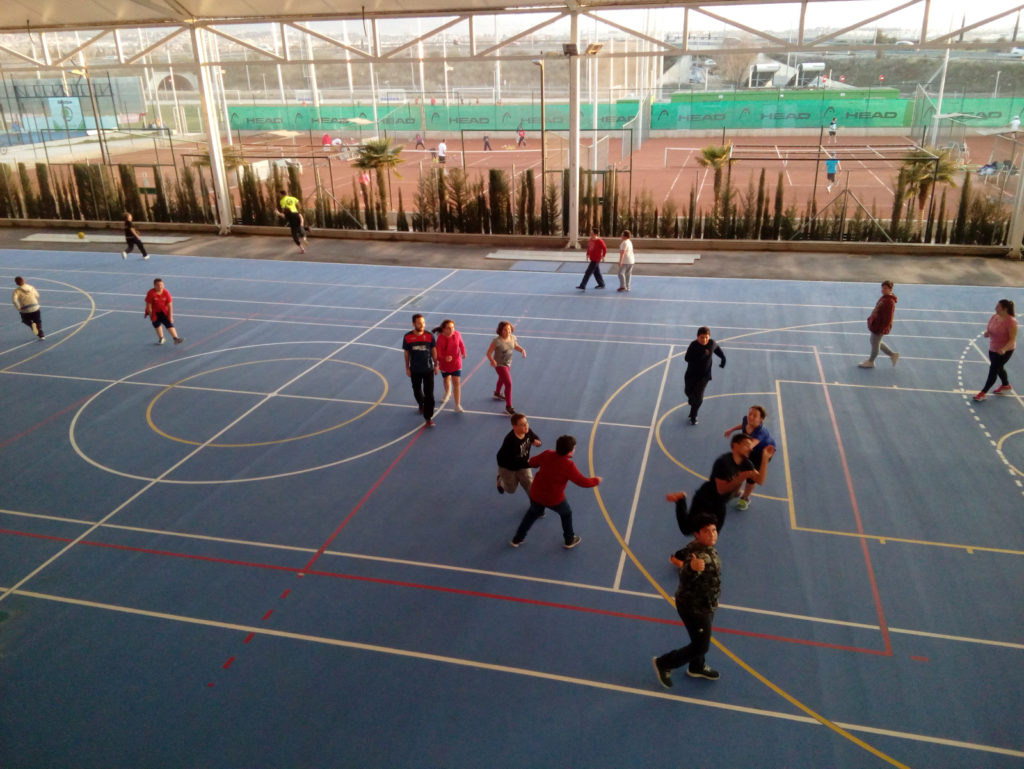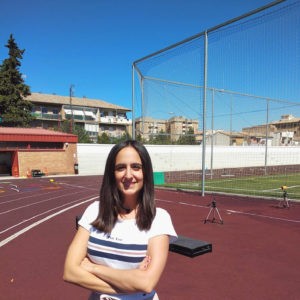
Purpose
This study aimed to investigate associations of objectively measured and self-reported physical activity (PA) and sedentary behavior with white matter microstructure in children with overweight or obesity.
Methods

In a sample of 103 participants (10.02±1.15 years old; 42 girls) from the ActiveBrains project, we assessed PA and sedentary behavior using accelerometers (GT3X+, ActiGraph, Pensacola, FL, USA) and the Youth Activity Profile-Spain (YAP-S) questionnaire. Objectively measured PA and sedentary behavior were classified into different intensities following Hildebrand et al.’s hip- and wrist-based cut-off points for the Euclidean Norm Minus One (ENMO) metric, Chandler et al.’s wrist-based cut-off points for counts metric, and Romanzini et al. and Evenson et al.’s hip-based cut-off points for counts metric. Magnetic resonance imaging of white matter microstructure, fractional anisotropy (FA) and mean diffusivity (MD), were derived from Diffusion Tensor Imaging. Linear regression models were used to examine the associations of objectively measured and self-reported PA and sedentary behavior with global and tract-specific FA and MD.
Results
Self-reported total PA was positively associated with Global FA (β=0.236, P=0.038) while watching television was negatively associated with Global FA (β=-0.270, P= 0.014). In regard to the objective measures, using single regression models, light PA (β=0.273, P=0.016), moderate-to-vigorous PA (β=0.257, P=0.035) and total PA (β=0.294, P=0.013) was positively associated with Global FA only when Hildebrand-ENMO hip cut points were used for analyses. Lastly, no association was found between PA and sedentary behavior and FA and MD within individual tracts.
Conclusions
Our results suggest that PA and watching television are related to white matter microstructure in children with overweight or obesity. However, related longitudinal large-scale studies are needed to confirm and expand these findings.
Full reference
Rodriguez-Ayllon M, Esteban-Cornejo I, Verdejo-Román J, Muetzel RL, Migueles JH, Mora-Gonzalez J, Solis-Urra P, Erickson KI, Hillman CH, Catena A, Tiemeier H, Ortega FB.



